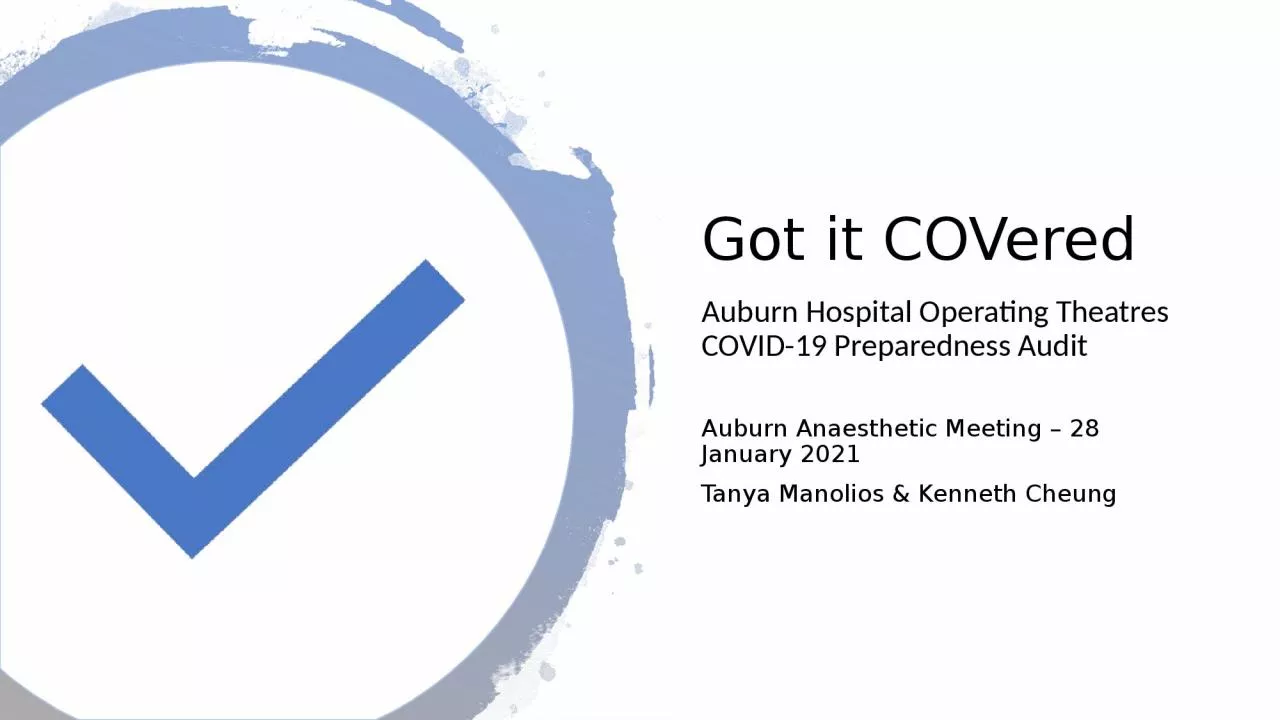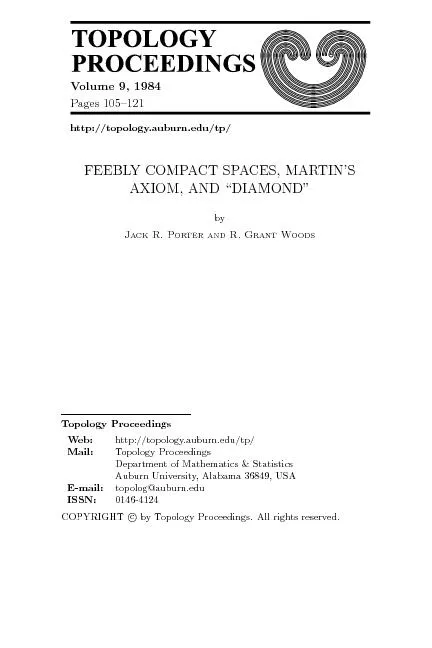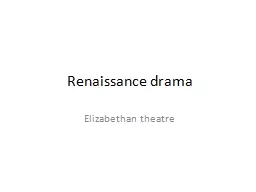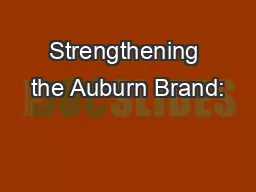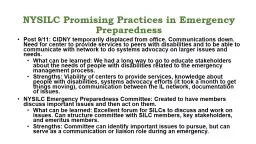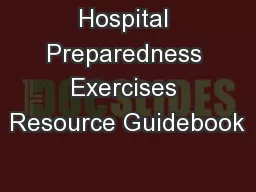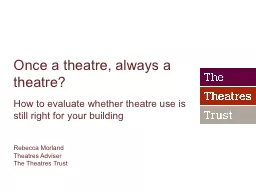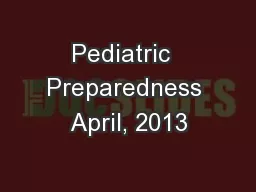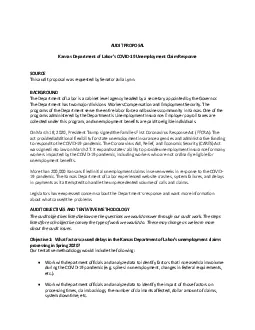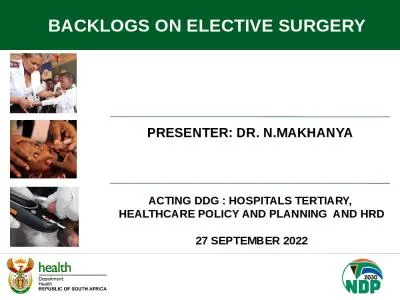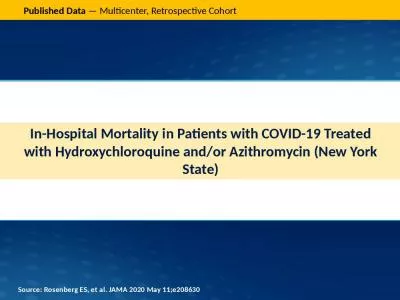PPT-Got it COVered Auburn Hospital Operating Theatres COVID-19 Preparedness Audit
Author : anderson | Published Date : 2023-12-30
Auburn Anaesthetic Meeting 28 January 2021 Tanya Manolios amp Kenneth Cheung Background COVID19 first wave in Australia MarchApril 2020 Background Prevention of
Presentation Embed Code
Download Presentation
Download Presentation The PPT/PDF document "Got it COVered Auburn Hospital Operatin..." is the property of its rightful owner. Permission is granted to download and print the materials on this website for personal, non-commercial use only, and to display it on your personal computer provided you do not modify the materials and that you retain all copyright notices contained in the materials. By downloading content from our website, you accept the terms of this agreement.
Got it COVered Auburn Hospital Operating Theatres COVID-19 Preparedness Audit: Transcript
Download Rules Of Document
"Got it COVered Auburn Hospital Operating Theatres COVID-19 Preparedness Audit"The content belongs to its owner. You may download and print it for personal use, without modification, and keep all copyright notices. By downloading, you agree to these terms.
Related Documents

